Zongzi, those pyramid-shaped parcels of glutinous rice wrapped in bamboo or reed leaves, are a beloved culinary treasure deeply rooted in Chinese tradition. Often enjoyed during the Dragon Boat Festival, these sticky rice dumplings are filled with ingredients like red bean paste, salted egg yolk, or marinated pork, offering a harmonious blend of textures and flavors. However, for those outside Asia or new to preparing zongzi, a common dilemma arises: Should frozen zongzi be steamed or boiled? This article delves into the nuances of both cooking methods, exploring their impacts on texture, taste, and cultural authenticity, to help you achieve zongzi perfection every time.
Understanding Zongzi: A Brief Cultural and Culinary Overview
Before diving into cooking techniques, it’s essential to appreciate the significance of zongzi. Originating over 2,000 years ago to commemorate the patriotic poet Qu Yuan, zongzi symbolize respect for heritage and the arrival of summer. Traditionally, families gather to wrap zongzi, passing down recipes and folding techniques through generations. Modern lifestyles, however, have made frozen zongzi a convenient alternative, allowing enthusiasts worldwide to savor this delicacy without hours of preparation.
Frozen zongzi are pre-cooked and vacuum-sealed, preserving their freshness for months. The key challenge lies in reheating them without compromising their chewy texture or aromatic essence. The debate between steaming and boiling centers on preserving moisture, preventing leaf disintegration, and ensuring even heating—factors that determine whether your zongzi emerges tender and fragrant or mushy and waterlogged.
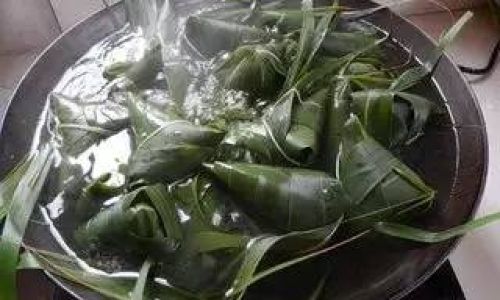
The Case for Steaming: Gentle Heat, Preserved Integrity
Steaming is often hailed as the gold standard for reheating frozen zongzi, and for good reason. This method utilizes indirect heat, circulating steam to gently warm the dumplings without submerging them in water. Here’s how to master it:
-
Preparation:
- Remove frozen zongzi from their packaging. Thawing is optional but recommended (10–15 minutes at room temperature) to reduce cooking time.
- Place a steamer basket in a pot, ensuring the water level remains below the basket to prevent sogginess.
-
Cooking Process:
- Bring water to a rolling boil, then reduce to a simmer.
- Arrange zongzi in the basket, leaving space between each to allow steam circulation.
- Cover tightly and steam for 20–30 minutes, depending on size. Larger zongzi may require an additional 5–10 minutes.
-
Advantages:

- Texture Preservation: Steaming maintains the zongzi’s ideal chewiness, as the rice absorbs moisture without becoming waterlogged.
- Leaf Integrity: Bamboo or reed leaves remain intact, preserving the visual appeal and aromatic essence.
- Nutrient Retention: Gentle heating minimizes nutrient loss compared to boiling.
-
Ideal For:
- Premium zongzi with delicate fillings (e.g., custard or lotus seed paste).
- Purists seeking an authentic texture akin to freshly made zongzi.
The Case for Boiling: Speed and Even Heating
Boiling offers a quicker alternative, submerging zongzi directly in water to accelerate cooking. While purists may frown upon this method, it has its merits:
-
Preparation:
- Thawing is less critical here, as submersion ensures rapid heating.
- Use a large pot to prevent overcrowding, which can cause uneven cooking.
-
Cooking Process:

- Fill the pot with enough water to cover zongzi by at least an inch.
- Bring to a boil, then reduce to a gentle simmer.
- Cook for 15–20 minutes, flipping halfway through to ensure even heating.
-
Advantages:
- Speed: Boiling reduces cooking time by 5–10 minutes compared to steaming.
- Uniformity: Water penetration ensures even heating, reducing the risk of cold spots.
- Simplicity: Ideal for those without a steamer basket.
-
Ideal For:
- Budget-friendly zongzi with sturdier fillings (e.g., whole mung beans).
- Busy individuals prioritizing convenience over texture nuances.
Steaming vs. Boiling: A Head-to-Head Comparison
To settle the debate, let’s analyze both methods across critical criteria:
| Criterion | Steaming | Boiling |
|---|---|---|
| Texture | Retains chewiness; rice grains stay distinct. | Softer, slightly mushier rice. |
| Leaf Appearance | Leaves remain vibrant and intact. | Leaves may discolor or split. |
| Flavor | Preserves subtle aromatic notes. | Slight dilution of flavors due to water absorption. |
| Time | 20–30 minutes. | 15–20 minutes. |
| Equipment | Requires a steamer basket. | Any pot with a lid. |
| Risk of Mess | Minimal; leaves contain moisture. | Higher risk of water splatters. |
Expert Tips for Zongzi Perfection
Regardless of your chosen method, these tips will elevate your results:

- Thawing: While optional, thawing ensures even heating and prevents leaf tears.
- Water Level: For steaming, keep water below the basket. For boiling, use ample water to maintain temperature.
- Heat Control: Avoid boiling vigorously, as bubbles can damage leaves.
- Testing Doneness: Gently press a zongzi; it should feel firm yet yielding. Overcooking leads to mushiness.
- Resting Period: Let zongzi sit for 5 minutes post-cooking to redistribute moisture.
Common Mistakes to Avoid
- Overcrowding the Pot: This causes uneven heating and leaf damage.
- Using High Heat: Rapid boiling can rupture leaves and overcook rice.
- Reusing Water: Boiled water becomes starchy; discard and use fresh water for each batch.
- Skipping Thawing: While possible, cooking from frozen increases cooking time and risks uneven results.
Cultural Nuances: Regional Preferences
The steaming-vs.-boiling debate also reflects regional traditions. In southern China, where zongzi are often larger and savory, steaming is favored to highlight hearty fillings. Northern regions, with smaller, sweeter variations, sometimes opt for boiling for practicality. Modern fusion kitchens even experiment with sous-vide or air-frying, though these methods stray from tradition.
Beyond the Basics: Creative Adaptations
For the adventurous cook, consider these twists:
- Herbal Infusions: Add pandan leaves or goji berries to the steaming water for aromatic notes.
- Sauce Pairings: Serve steamed zongzi with a drizzle of honey or soy sauce for added complexity.
- Leftovers: Reheat boiled zongzi in a pan with a splash of water to revive texture.
Conclusion: Embrace the Method That Speaks to You
Ultimately, the choice between steaming and boiling frozen zongzi hinges on personal preference and priorities. Steaming champions texture and authenticity, while boiling offers speed and accessibility. Both methods yield delicious results when executed correctly, ensuring that the spirit of zongzi—connecting people through food—remains unwavering.
Whether you’re a traditionalist guarding centuries-old techniques or a time-strapped foodie craving a quick fix, remember that the perfect zongzi is one enjoyed in good company. So, fire up your steamer, fill your pot, and savor every sticky, aromatic bite of this timeless delicacy.
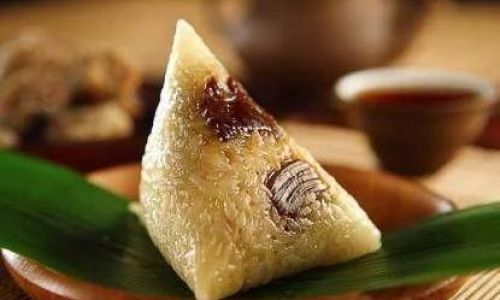

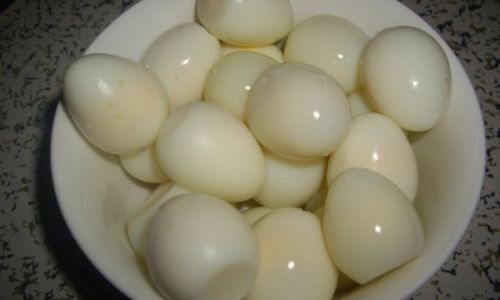
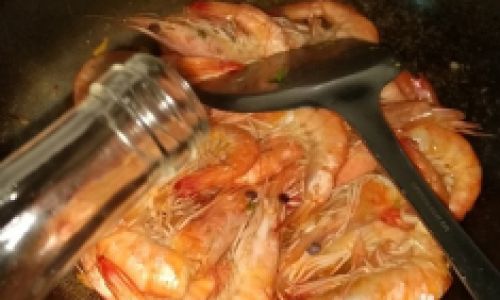
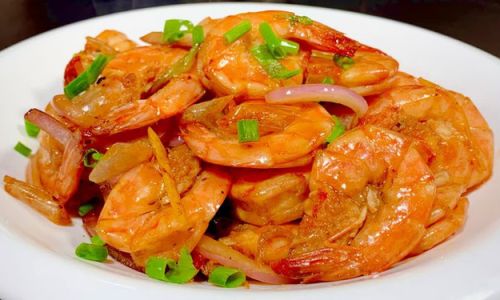
0 comments